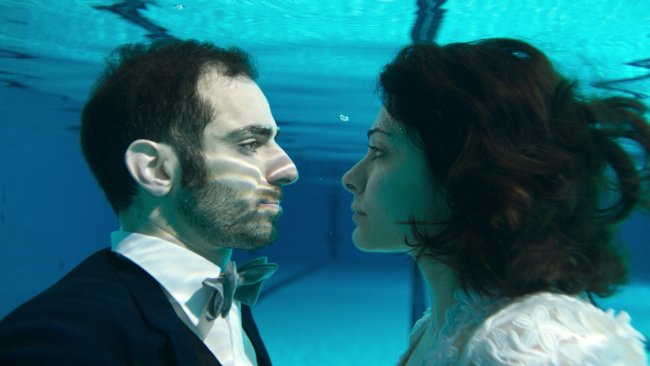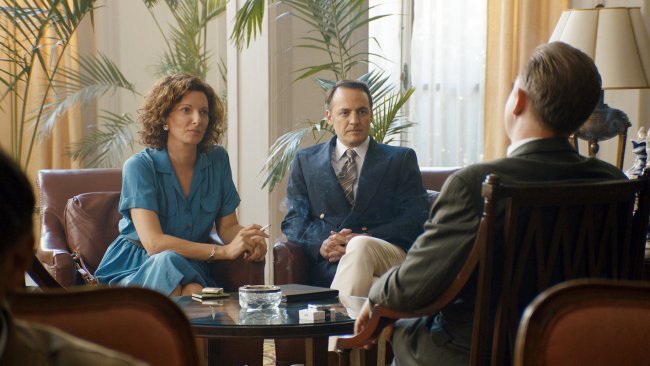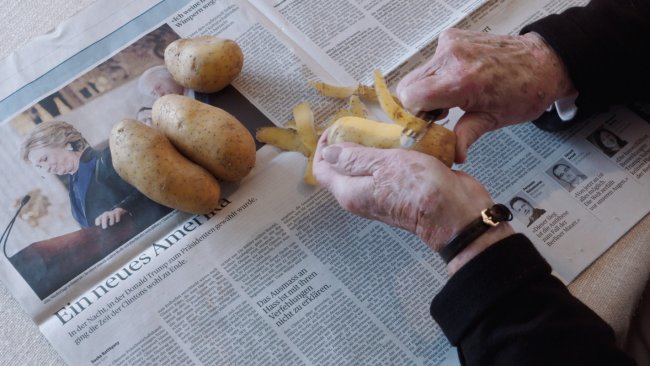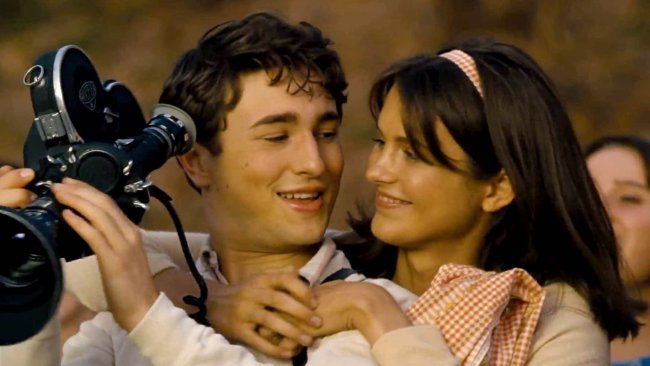On an Unknown Beach
[…] Now, the specificity of Agnew & Luxton’s project is to propose an organic conception of this process of understanding: the three stories and their different approaches to knowledge are proposed as one process that wishes to combine rationality, intuition, creativity, and magic.
[…] «On an Unknown Beach» is a cosmic journey into the interior of the sea, the city, and the soul. With this film we experience how water, earth, and air can suffer the destructive force of waves of catastrophes, as well as the healing rhythm of regeneration.
Text: Giuseppe Di Salvatore
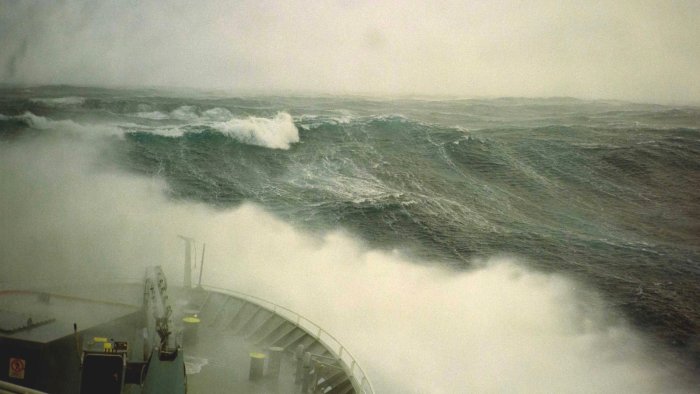
Di Tracey is a marine-biologist studying New Zealand’s ocean floor and its damaged corals. Bruce Russell is a sound artist composing with self-built instruments and reflecting on urbanisation. David Hornblow is an underground poet trying to solve his personal problems through Regression Hypnotherapy. The duo Summer Agnew and Adam Luxton follow these three people creating a non-linear multi-voice narrative in which the three stories are constantly intertwining. If the stories are presented through a composition of sound and image with an openly experimental attitude, the unity of the filmic project is guaranteed by its essayistic core madeup of two broader motives: the reality of disasters and the attempt to get a handle on them through a process of explorative understanding. The 2011 Christchurch earthquake, which resulted in 185 deaths and excessive damages, is still felt as a collective trauma in New Zealand: a natural disaster that the two filmmakers compare to the major destruction of the coral reefs by trawl fishing, an ecological disaster caused by men rather than by nature. They add the psychological disaster of personal traumatic experiences to the traumas of society and nature. In this way, the individual, the collective, and the natural live a common destiny of suffering, whose only escape is through a process of understanding. The marine-biologist, the sound artist, and the poet respectively represent science, art, and psychology.
Now, the specificity of Agnew & Luxton’s project is to propose an organic conception of this process of understanding: the three stories and their different approaches to knowledge are proposed as one process that wishes to combine rationality, intuition, creativity, and magic. Through Bruce Russell’s free philosophizing, they make explicit references to the neoplatonic ideals of the Italian Renaissance, which are freely confused with the alchemic speculations of the late Renaissance and former Baroque periods – mainly the theories of Robert Fludd. The fundamental idea they want to convey seems to be the ancient concept of harmonia mundi, which can be found today in the form of holistic organicism that harmonizes between psychology and nature or in the form of a cosmic ecologism. However, if it is important today to plead for a non-reductionist alternative to positivism, many existing organicist models could be used without having to recur to the obscure – and somehow obscurantist – theories of Rosecrucian alchemy.
But, we should set aside these doctrinairy clarifications, as On an Unknown Beach is not a philosophical essay. It is a film and, as such, it deserves our praise. In a coherent way, Agnew & Luxton deliver an organic oeuvre: an attractive photography joined by impressive work on the soundscape, which gives the film structure and continuity. The viewer is constantly inspired by a genuine sense of exploration, through which interesting information goes together with the more general speculative framework. Even if the film is structured in chapters, the editing actually follows a mostly associative path that is responsible for the fluidity of the narration. On an Unknown Beach is a cosmic journey into the interior of the sea, the city, and the soul. With this film we experience how water, earth, and air can suffer the destructive force of waves of catastrophes, as well as the healing rhythm of regeneration.
This article contains a third-party video. If you would like to watch the video, please adjust your settings.
Info
On an Unknown Beach | Film | Summer Agnew, Adam Luxton | NZL 2016 | 91’ | Visions du Réel 2017 Nyon
First published: May 10, 2017
